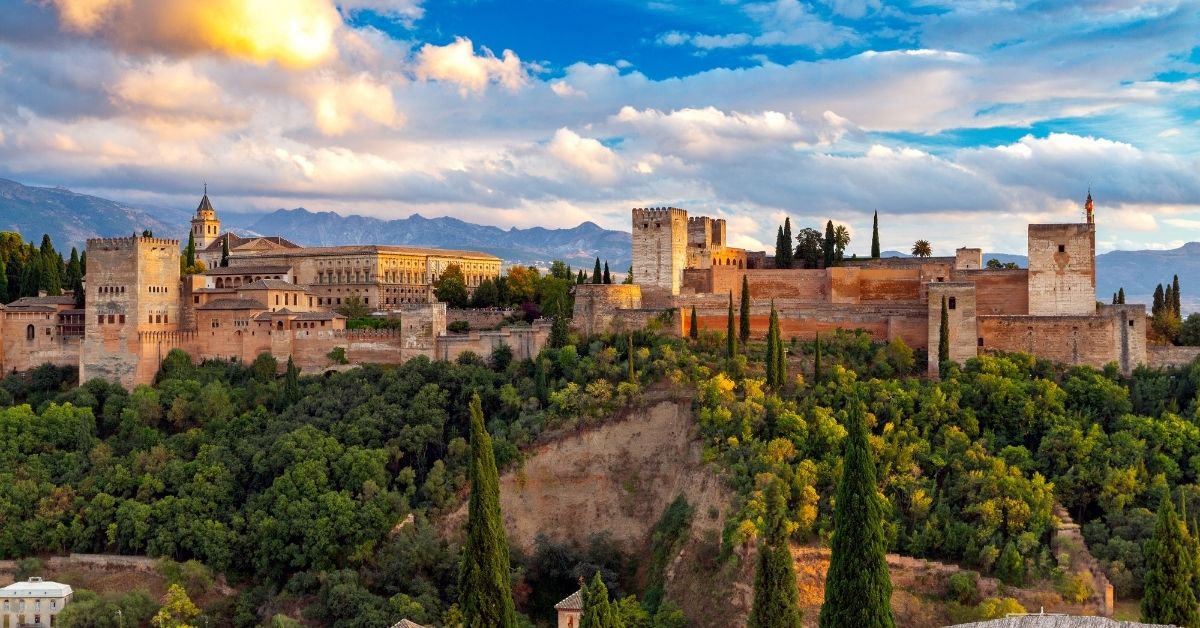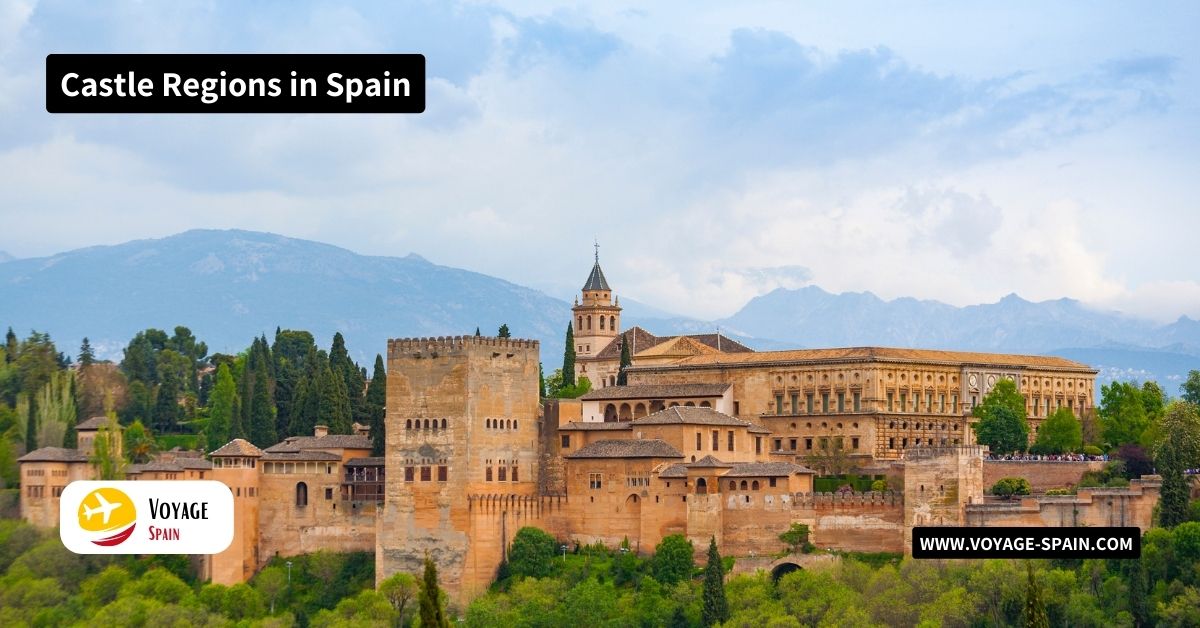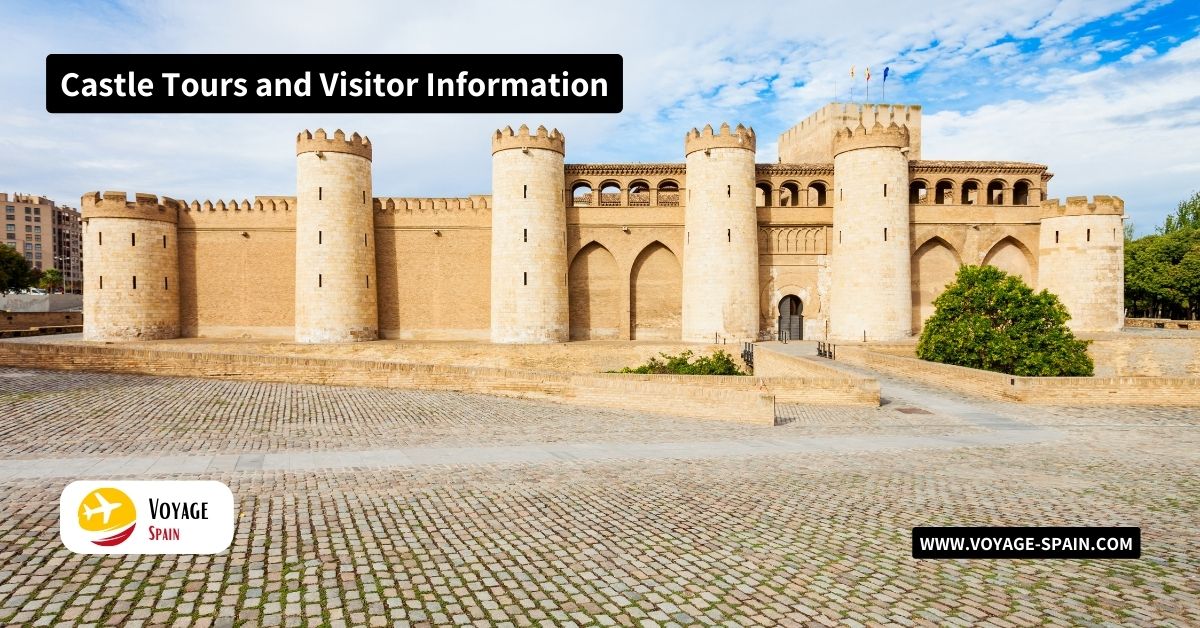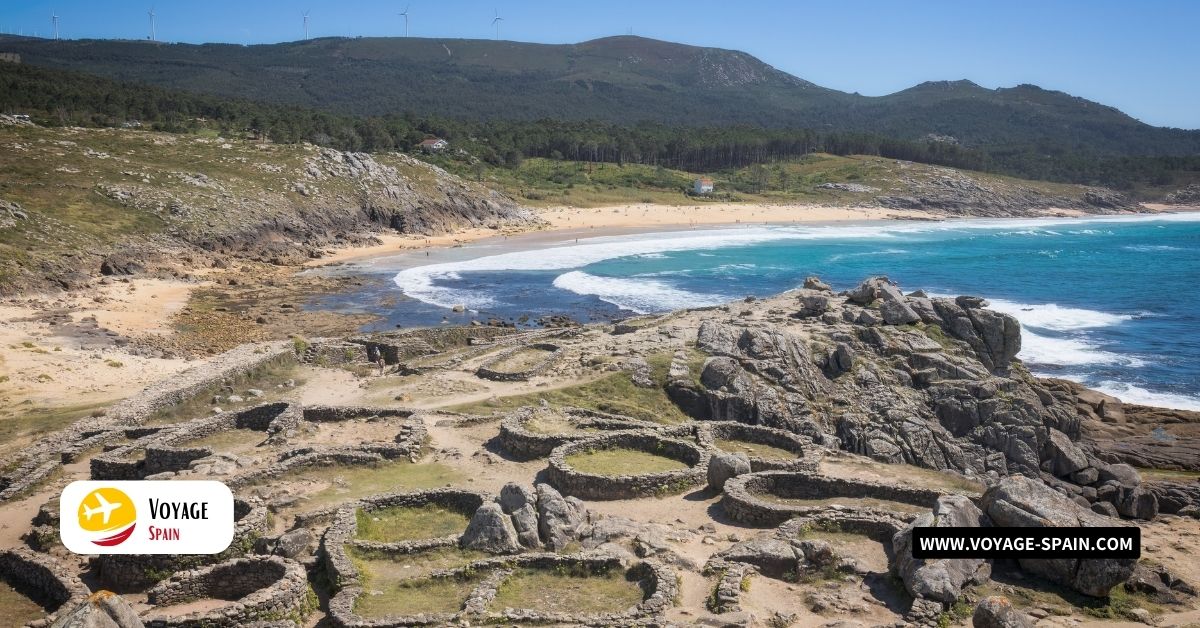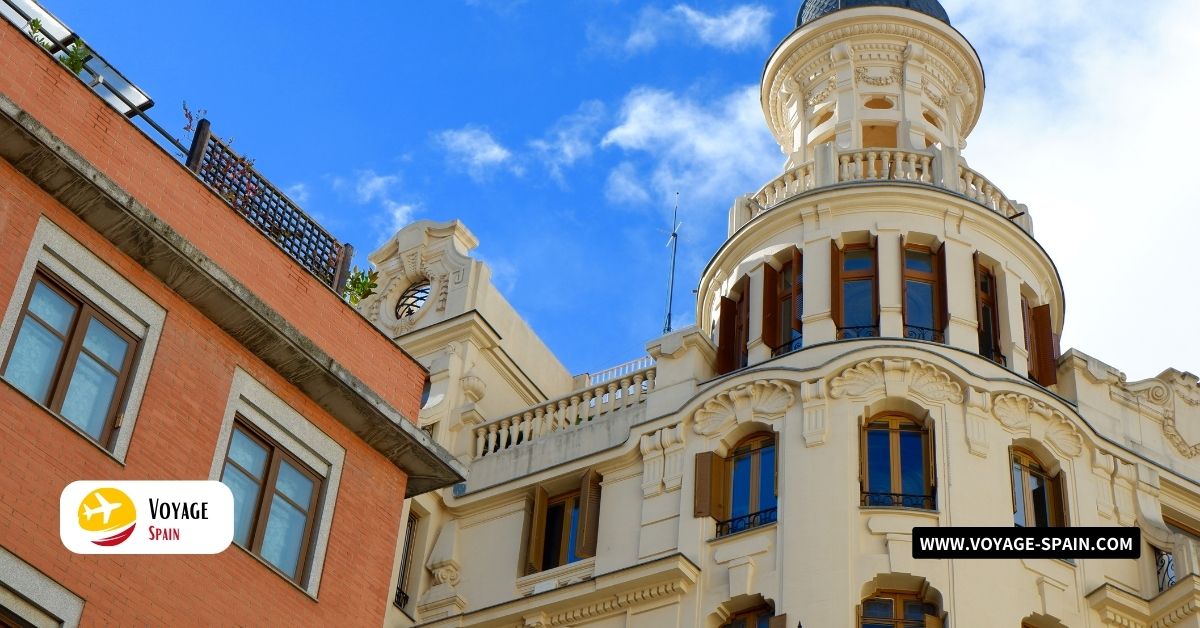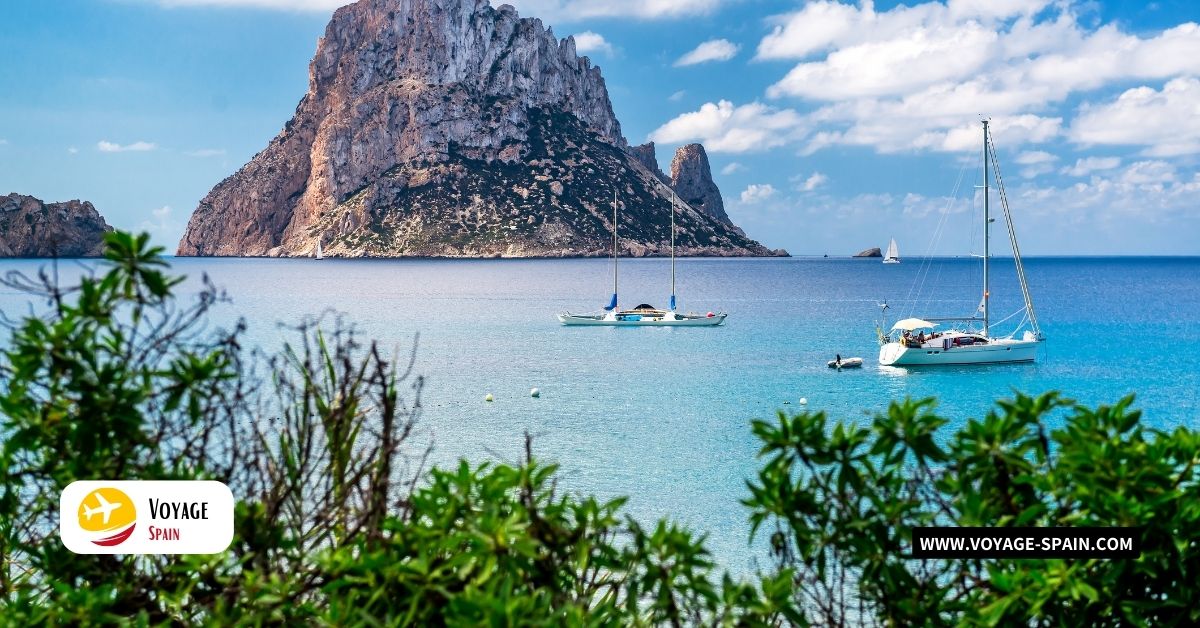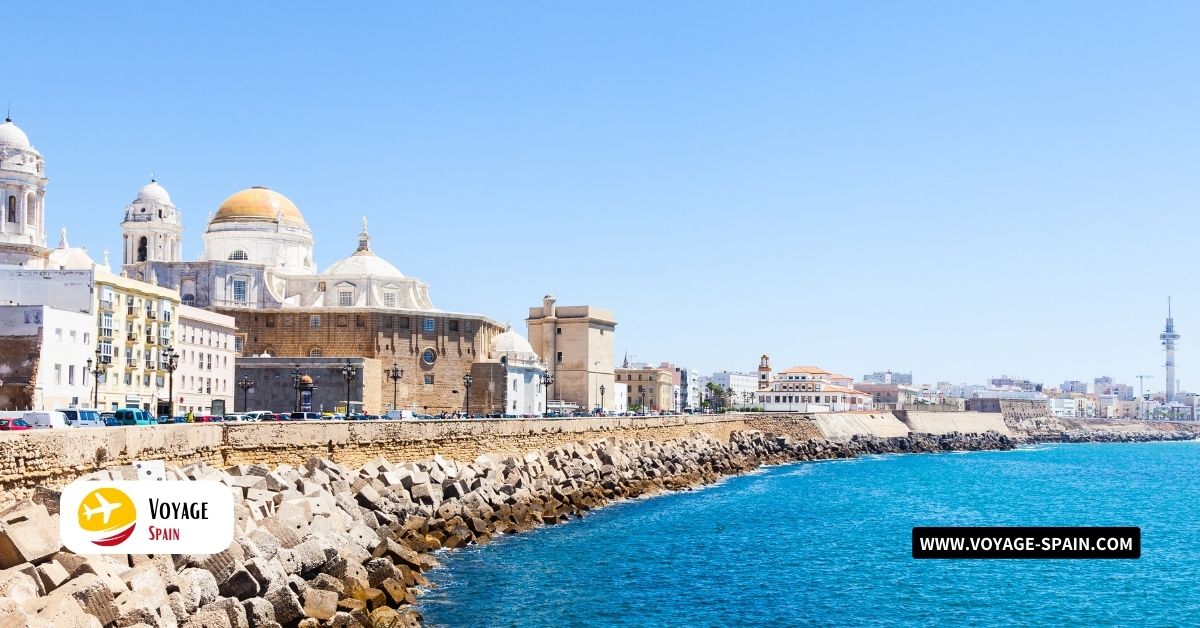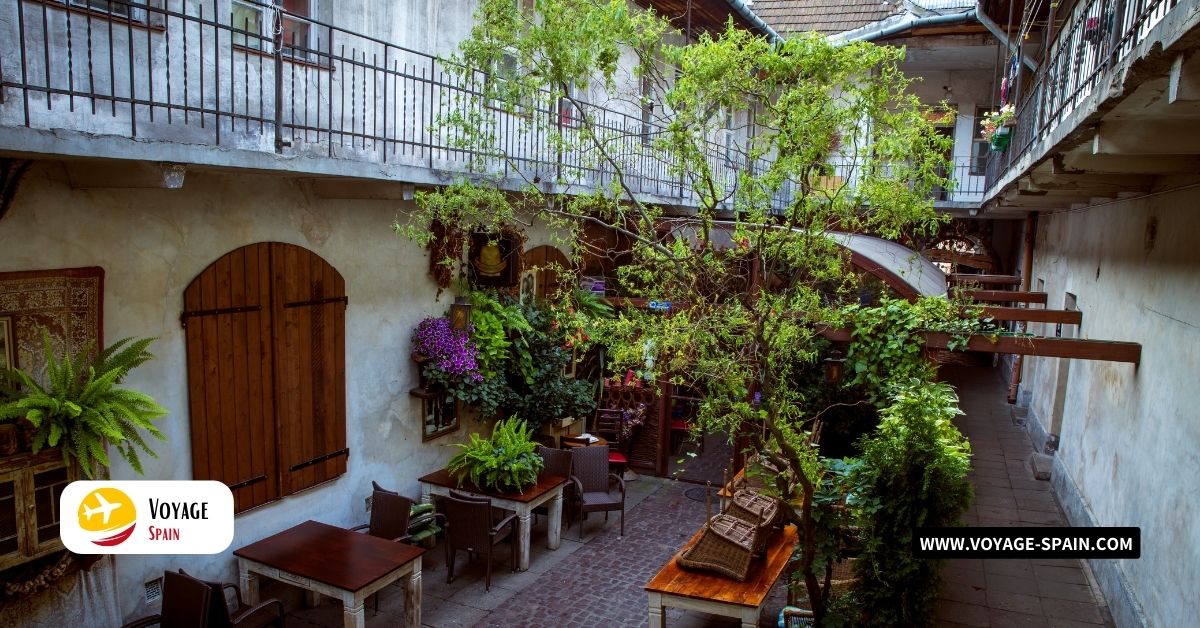The Rich History of Spanish Castles
Castles, or ‘castillos’ in Spanish, hold a special place in the heart of this vibrant country. These fortifications tell tales of epic battles, centuries-long conquests, and the fusion of Moorish, Christian, and other cultures that make Spain’s history so fascinating. Each castle has a unique story to tell, from the hauntingly beautiful Alcazar of Segovia, with its Disney-like turrets, to the imposing Alcazaba of Almería, a testament to the Moorish legacy in the region.
Castles in Spain have a backstory that’s as diverse as the country itself. It all began during the early medieval period when the Moors ruled over the Iberian Peninsula. The Moors, with their innovative architectural prowess, introduced Spain to the concept of fortified structures. These early castles were more than just defensive fortifications; they were intricate palaces and administrative centers. Fast forward to the Christian Reconquista, the centuries-long struggle to retake Spain from the Moors.
Castle Regions in Spain
Spain, with its rich history and diverse landscapes, is a treasure trove of castles that have stood the test of time. These formidable fortresses are scattered across the country, each region boasting its unique charm and historical significance.
Castilla y León: The Land of Epic Battlements
- Unique Characteristics: Castilla y León, located in the heart of Spain, is a region synonymous with medieval splendor.
- Notable Castles: Alcázar of Segovia, a fairytale-like castle perched on a hill; Burgos Castle, a symbol of Christian victory during the Reconquista.
Andalusia: Moorish Masterpieces
- Unique Characteristics: Andalusia, in the south of Spain, boasts a blend of Moorish and Spanish architectural influences. Its castles feature intricate tilework, lush gardens, and stunning views.
- Notable Castles: Alhambra, an opulent palace-fortress in Granada; Alcazaba of Almería, an imposing coastal fortress.
Catalonia: Coastal Castles and Medieval Marvels
- Unique Characteristics: Catalonia’s castles are diverse, with coastal fortifications and mountainous citadels. They showcase Romanesque and Gothic architectural styles.
- Notable Castles: Montjuïc Castle in Barcelona, offering panoramic city views; Cardona Castle, a medieval fortress perched on a hill.
Extremadura: Frontier Fortresses
- Unique Characteristics: Extremadura, on the Spanish-Portuguese border, was a key frontier region. Its castles are robust and strategic, often overlooking vast plains.
- Notable Castles: Trujillo Castle, once a residence of Spanish conquistadors; Castle of Puebla de Alcocer, guarding the Guadiana River.
Valencia: Coastal Citadels and Modernist Gems
- Unique Characteristics: Valencia’s castles combine historic fortifications with modernist elements.
- Notable Castles: Peñíscola Castle, a stunning seaside fortress; Xàtiva Castle, with roots dating back to Iberian times.
Aragón: Kingdom of Stone Giants
- Unique Characteristics: Aragón’s castles, nestled in the Pyrenees and rolling plains, are known for their rugged beauty and Romanesque influence.
- Notable Castles: Loarre Castle, a Romanesque masterpiece; Aljafería Palace, blending Islamic and Christian styles.
Architectural Marvels
Spanish castles come in various architectural styles, often influenced by the region’s history and the time they were built. One common feature is the use of robust stone walls, providing both strength and a sense of grandeur. These castles often incorporate courtyards, where lush gardens, fountains, and colorful tiles create a tranquil oasis amidst the stone walls.
While Spanish castles are undoubtedly architectural marvels, they were primarily built for defense. Walls, moats, and drawbridges are some of the key defensive features you’ll encounter. Moats, sometimes filled with water or left as dry ditches, served as formidable obstacles for would-be invaders.
Beyond their defensive functionality, Spanish castles are adorned with decorative elements that transport you to a world of fantasy. Turrets, those iconic pointy towers, aren’t just for show; they provide vantage points and a dash of fairytale charm. Battlements, those crenelated parapets along the walls, are both practical for archers and visually striking.
Famous Spanish Castles
Stepping into the world of Spanish castles is like embarking on a journey through the pages of history and legend. These monumental structures have witnessed epic battles, hosted legendary royals, and inspired countless tales.
Alhambra, Granada: The Jewel of Andalusia
- History: Alhambra is a masterpiece of Moorish architecture, built during the Nasrid Dynasty in the 13th century. It served as a palace and fortress.
- Legends: Legend has it that the last Nasrid ruler, Boabdil, wept as he left Alhambra, earning the name “Boabdil the Unlucky.”
- Current State: Alhambra is impeccably preserved and is a UNESCO World Heritage Site, enchanting visitors with its intricate tilework, lush gardens, and stunning views.
Alcázar of Segovia: The Fairytale Fortress
- History: This castle, perched on a hill, dates back to the 12th century and served as a royal palace, a prison, and a military academy.
- Legends: Some say that Walt Disney was inspired by the Alcázar when creating Cinderella’s castle.
- Current State: Remarkably well-preserved, the Alcázar continues to captivate with its Disney-like turrets and breathtaking interiors.
Montjuïc Castle, Barcelona: A Hilltop Sentinel
- History: Montjuïc Castle has guarded Barcelona since the 17th century. It has witnessed sieges, revolutions, and even served as a military prison.
- Notable Residents: During the Spanish Civil War, it was used as a prison, including holding the famous anarchist Buenaventura Durruti.
- Current State: The castle has been restored and now offers panoramic views of the city and the Mediterranean Sea.
Cardona Castle, Catalonia: Medieval Grandeur
- History: Cardona Castle, founded in the 9th century, has a storied history of changing hands between various noble families.
- Notable Residents: The Cardona family, who played a significant role in the medieval politics of Catalonia.
- Current State: This medieval masterpiece is remarkably well-preserved and stands proudly on a hill, offering stunning vistas of the surrounding countryside.
Loarre Castle, Aragón: A Romanesque Gem
- History: Loarre Castle, built in the 11th century, is an example of Romanesque military architecture.
- Legends: It is rumored to have been a refuge for the Holy Grail.
- Current State: This hilltop fortress is in excellent condition and offers a glimpse into medieval military life.
Peñíscola Castle, Valencia: Seaside Splendor
- History: Peñíscola Castle, built by the Knights Templar in the 13th century, boasts a stunning seaside location.
- Notable Residents: Pope Benedict XIII, also known as the “Pope of Peñíscola,” lived here during the Western Schism.
- Current State: The castle is well-preserved and offers breathtaking views of the Mediterranean coast.
Castle Tours and Visitor Information
If you’re ready to embark on an adventure through Spain’s enchanting castles, you’re in for a treat. Here’s everything you need to know to make your castle visit an unforgettable experience.
- Guided Tours: Many Spanish castles offer guided tours that provide invaluable insights into their history, architecture, and legends. Take advantage of these tours to uncover hidden gems and stories you might miss on your own.
- Opening Hours: Castle opening hours can vary, so it’s essential to check in advance. Most castles are open to visitors during the day, but some offer evening tours with dramatic lighting.
- Ticket Prices: The cost of admission can also vary depending on the castle’s popularity and location. Some castles offer discounts for students, seniors, or children. Consider purchasing tickets in advance to avoid long lines, especially during peak tourist seasons.
- Accessibility: While many castles are historic structures with uneven terrain and steep staircases, efforts have been made to improve accessibility. Some offer ramps, elevators, and wheelchair-accessible routes.
- Plan Ahead: Before your visit, familiarize yourself with the castle’s history and legends. Knowing the context will enhance your appreciation of the architecture and the stories hidden within its walls.
- Comfortable Footwear: Be sure to wear comfortable walking shoes, as exploring castles often involves climbing stairs and walking on uneven surfaces.
- Respect the Rules: Remember that these castles are historical treasures. Follow any rules and regulations, such as not touching delicate artifacts or refraining from flash photography, to help preserve these sites for future generations.
Conclusion
In the enchanting realm of Spanish castles, beauty, history, and culture converge to create an experience that’s nothing short of magical. These medieval marvels stand as living testaments to the rich tapestry of Spain’s heritage. From the intricate tilework of Alhambra to the fairy-tale towers of Alcázar of Segovia, every stone, every courtyard, and every legend etched into these fortresses tells a story that spans centuries.
FAQs
What Spanish city has a Moorish palace?
Granada, Spain, hosts the Alhambra, a renowned Moorish palace.
What is the most famous Moorish palace in Spain?
The Alhambra in Granada holds the title of the most famous Moorish palace in Spain.
What part of Spain is Moorish?
Moorish influence is strongest in southern Spain, particularly in Andalusia.
What is a famous Moorish town in Spain?
Córdoba is a well-known Moorish town in Spain, celebrated for its historic Mosque-Cathedral and Moorish architectural heritage.
Where in Spain is Moorish architecture?
Moorish architecture is predominantly found in southern Spain, including cities like Granada, Seville, and Córdoba.
Why is there Moorish architecture in Spain?
Moorish architecture exists in Spain due to centuries of Islamic rule by the Moors in the Iberian Peninsula, leaving a lasting cultural and architectural imprint.

